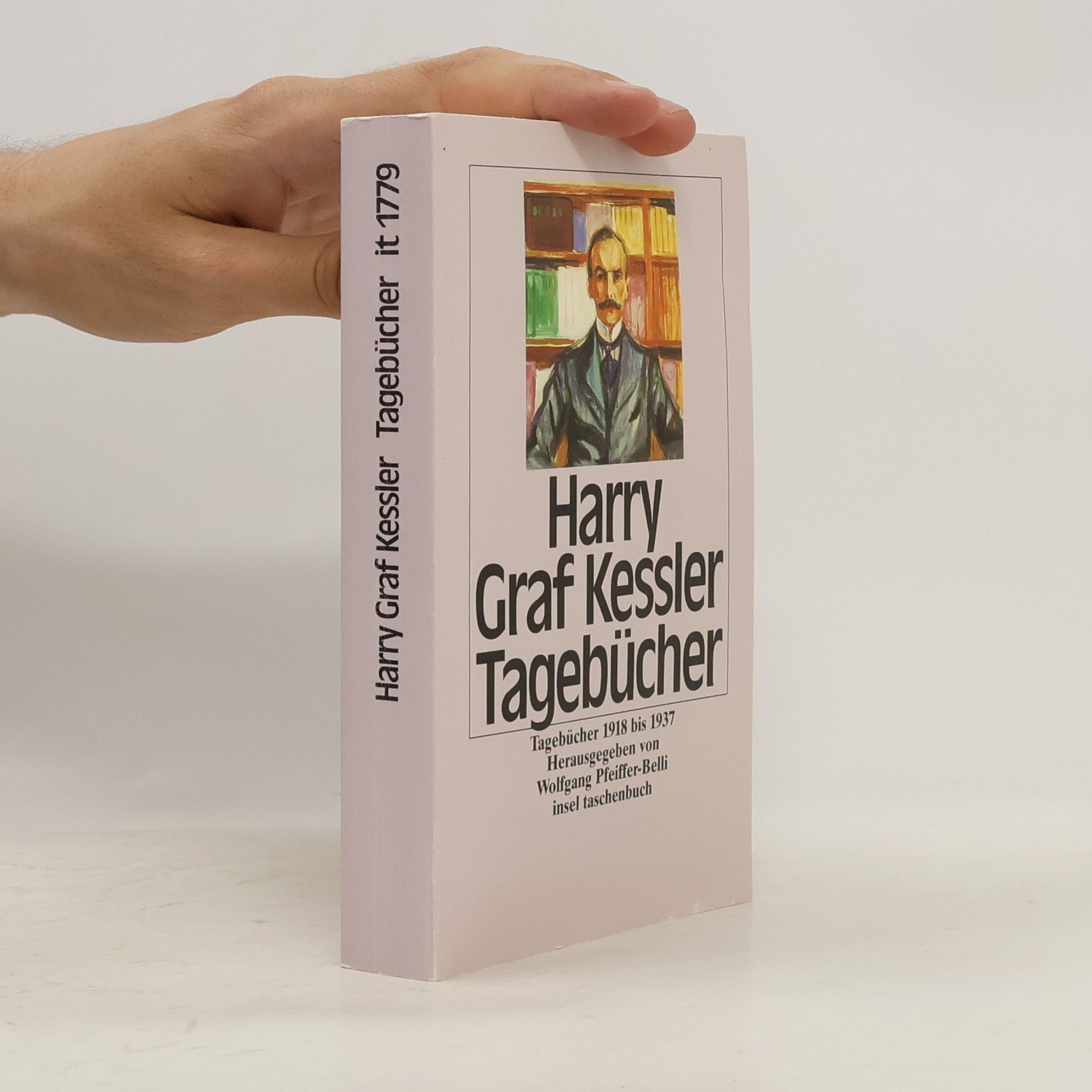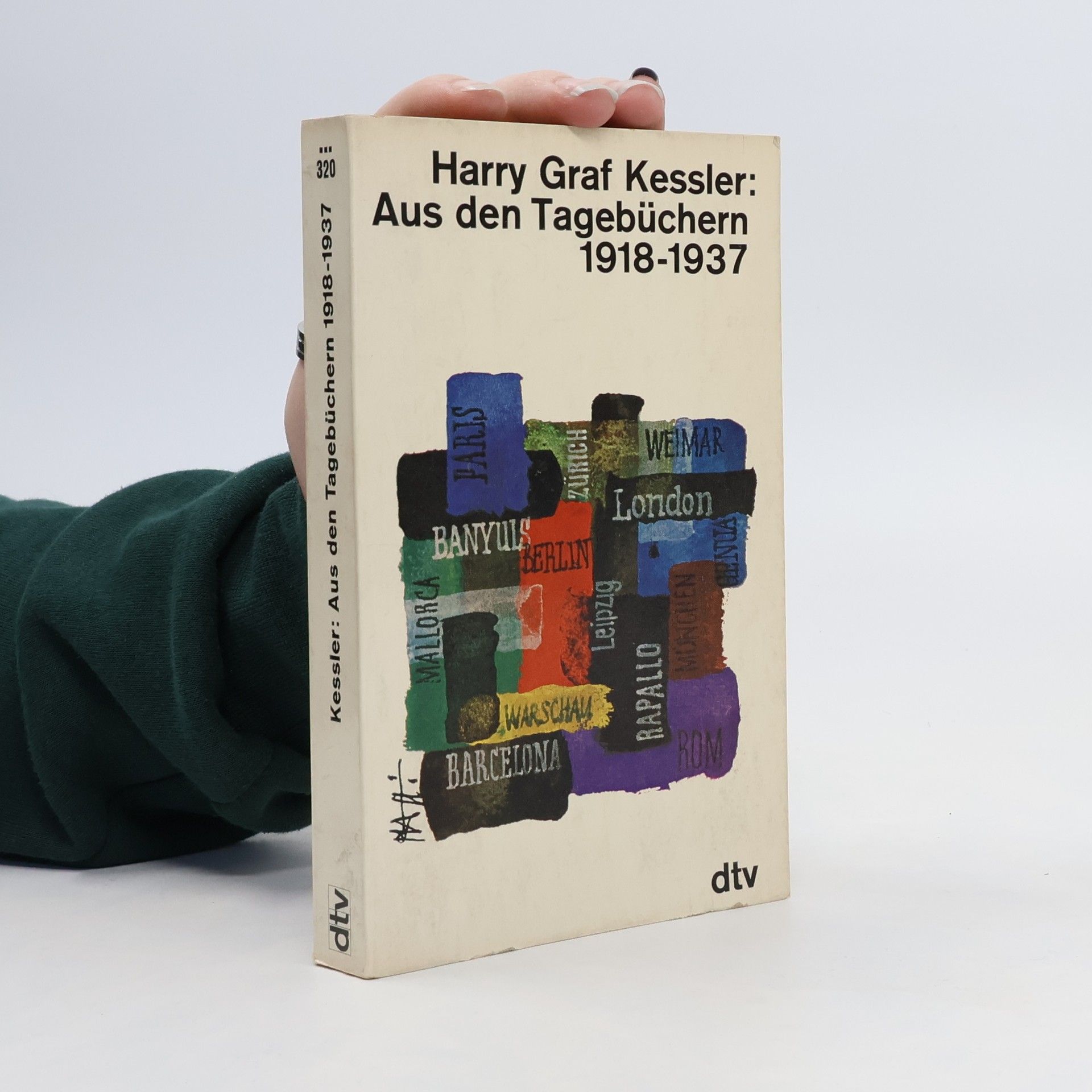Harry Graf Kessler Books
Harry Kessler was a German count, diplomat, and writer who became a significant patron of modern art. His diaries reveal a fascinating glimpse into the artistic and theatrical life in Europe, particularly in Germany, from the end of World War I until his death. Through his position and connections, he captured the dynamic atmosphere of the era, including key moments and personalities of the art scene. His writings offer a valuable perspective on Europe's cultural transformation during a turbulent period.






Journey To The Abyss
- 924 pages
- 33 hours of reading
A selection of the early diaries, 1880-1918, of Count Harry Kessler, translated into English from German. This volume of early diary entries by the exiled museum director and secret agent encompasses the turn of the twentieth century and offers unique insights into European court life and a world on the brink of the Great War.
Jews and World Affairs; a Study in Current Jewish Events,
- 184 pages
- 7 hours of reading
Selected by scholars for its cultural significance, this work contributes to the foundational knowledge of civilization. It offers insights that are essential for understanding historical contexts and the evolution of societal norms. The text is recognized for its importance in shaping intellectual discourse and preserving cultural heritage.
Known as the Red Count' because of his fiercely republican views, Count Harry Kessler was intensely involved in the art, politics and society of Weimar Germany. A writer of sharp perception and boundless curiosity, Harry Kessler wrote down everything as it happened. The diaries encompass an extraordinary variety of people. Josephine Baker dances naked in his drawing-room, Einstein engages him in long discussions about his theories, George Grosz contacts him from underground during the political troubles. Asquith and Cocteau, Diaghilev and Gide, Lloyd George and Richard Strauss, Rodin and Bernard Shaw, Eric Gill and Hugo von Hofmannsthal, Virginia Woolf and Paul Valery, are among the people he knew and observed. He took a keen interest in politics. Alongside his artistic adventures are accounts of street fighting, the Spartacus uprising, the murder of Rosa Luxemburg, government upheavals, international disputes, elections and assassinations.
Anzukündigen ist die erste vollständige und wissenschaftlich aufgearbeitete Ausgabe des legendären, 57 Jahre hindurch geführten Tagebuchs des Schriftstellers, Diplomaten und Kunstmäzens Harry Graf Kessler. Kessler (1868–1937) war eine einzigartige Erscheinung in einem besonders bewegten Abschnitt der europäischen Zeit- und Kunstgeschichte. Sein Tagebuch ist eine unvergleichliche Quelle zur politischen Geschichte, zur Kunst-, Kultur- und Literaturgeschichte seiner Zeit. Es ist fortlaufender Zeitbericht und Zeitkommentar, geschrieben von einem unerbittlich scharfen Beobachter, sensiblen Denker und homme de lettres. Band 2, mit dem die Edition beginnt, setzt ein mit einem frühen Höhepunkt – Kesslers Weltreise (1892) nach Nordamerika, Japan, China, Indien und Ägypten, gefolgt von Notizen von seiner Mexiko-Reise, Grundlage für Kesslers erstes selbständiges Buch. – Weitere Stichworte dieses Bandes: Die Promotion, die Militärdienstzeit in Potsdam, die Gründung der berühmten Zeitschrift »PAN«, erste Kontakte zum Nietzsche-Archiv und Begegnungen in Deutschland, Frankreich und Italien.
Tagebücher
- 855 pages
- 30 hours of reading
Kesslers Tagebücher, unter dem frischen Eindruck der Geschehnisse spontan niedergeschrieben, vermitteln ein Bild der zwanziger Jahre von einer Unmittelbarkeit und Lebendigkeit, wie sie sonst nirgends zu finden sind.
Politische und philosophische Intentionen steuern die Exkursionen so, daß die Landeserkundung vom Erkenntnisgewinn für das Ich und Weltverständnis bestimmt wird.


